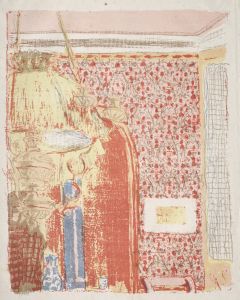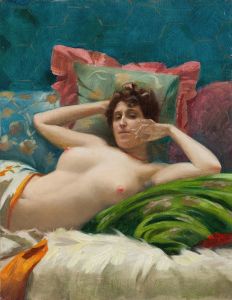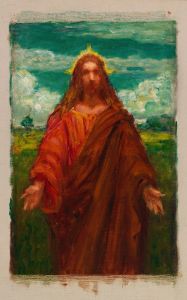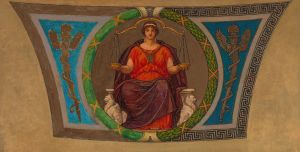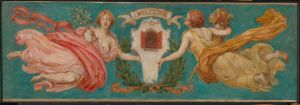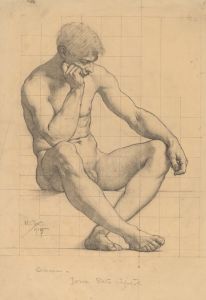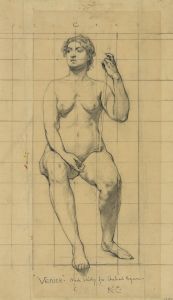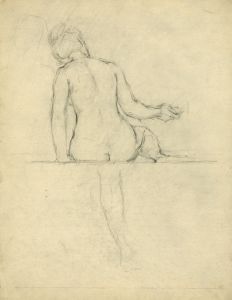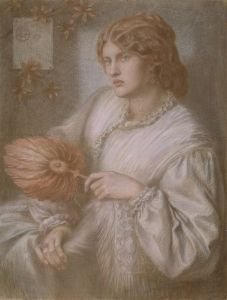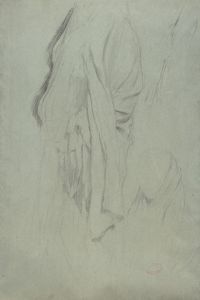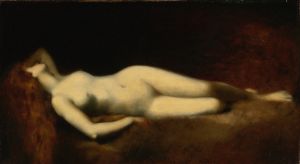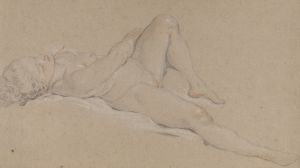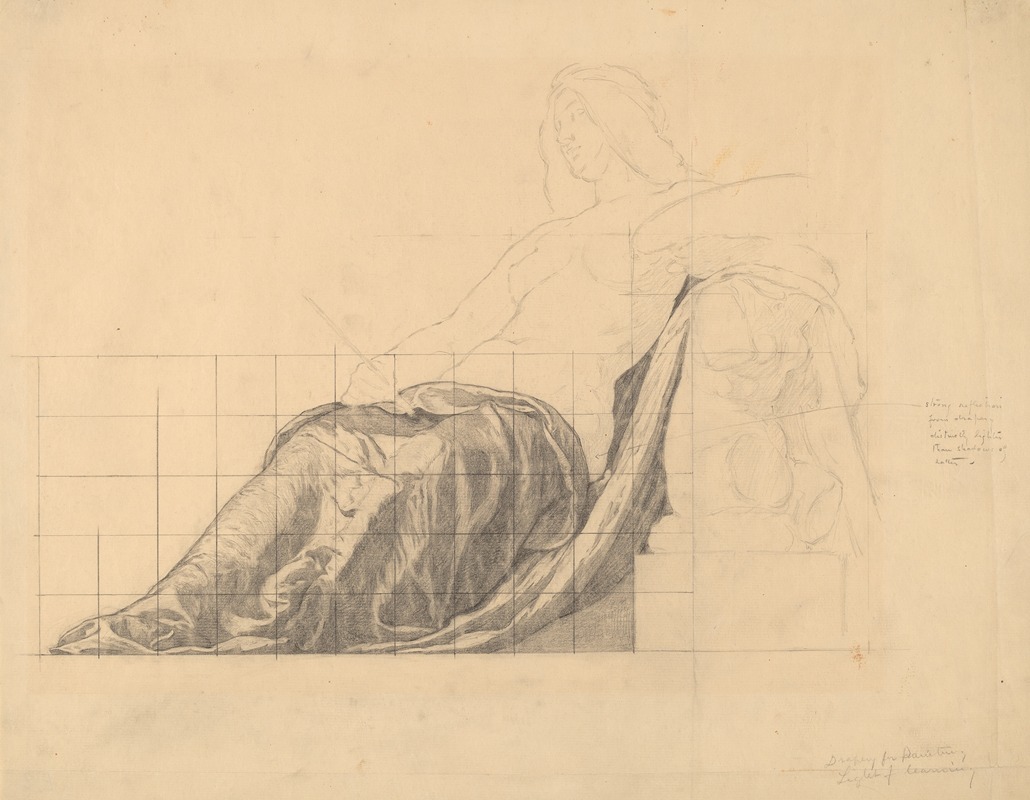
Drapery Study for Reclining Female Study for ‘Painting’
A hand-painted replica of Kenyon Cox’s masterpiece Drapery Study for Reclining Female Study for ‘Painting’, meticulously crafted by professional artists to capture the true essence of the original. Each piece is created with museum-quality canvas and rare mineral pigments, carefully painted by experienced artists with delicate brushstrokes and rich, layered colors to perfectly recreate the texture of the original artwork. Unlike machine-printed reproductions, this hand-painted version brings the painting to life, infused with the artist’s emotions and skill in every stroke. Whether for personal collection or home decoration, it instantly elevates the artistic atmosphere of any space.
Kenyon Cox (1856–1919) was an American painter, illustrator, muralist, and art critic, known for his academic style and contributions to the American Renaissance movement. One of his notable works is "Drapery Study for Reclining Female Study for ‘Painting’," which exemplifies his skill in figure drawing and his dedication to classical techniques.
Cox was born in Warren, Ohio, and showed an early interest in art. He studied at the McMicken School of Design in Cincinnati and later at the Pennsylvania Academy of the Fine Arts. Seeking further education, Cox traveled to Paris in 1877, where he enrolled at the École des Beaux-Arts and studied under the renowned French academic painter Jean-Léon Gérôme. This experience deeply influenced his artistic style, grounding him in the principles of academic art, which emphasized precise drawing, careful composition, and the study of classical antiquity.
"Drapery Study for Reclining Female Study for ‘Painting’" is a preparatory work that showcases Cox's meticulous approach to the human form and his interest in the interplay of light and shadow on fabric. Such studies were common practice among academic artists, who often created detailed sketches and studies before executing a final painting. This particular study was likely part of Cox's preparatory process for a larger work, possibly a mural or an allegorical painting, as suggested by the reference to ‘Painting’ in the title.
The study focuses on the depiction of drapery, a traditional exercise in academic art training. Drapery studies help artists understand how fabric interacts with the human body and how it can be used to convey movement, volume, and texture. In this work, Cox demonstrates his ability to render the delicate folds and intricate patterns of the fabric, capturing the way it drapes over the reclining figure. The study highlights his attention to detail and his commitment to achieving a lifelike representation.
Throughout his career, Cox was a prominent advocate for academic art in America. He wrote extensively on art theory and criticism, defending the values of traditional art against the rising tide of modernism. His writings and teachings influenced a generation of American artists, and his works were widely exhibited and respected during his lifetime.
Cox's contributions to American art extend beyond his paintings and drawings. He was also a prolific muralist, creating large-scale works for public buildings, including state capitols and courthouses. His murals often depicted allegorical themes, celebrating the ideals of beauty, truth, and knowledge.
"Drapery Study for Reclining Female Study for ‘Painting’" reflects Cox's dedication to the principles of academic art and his mastery of the human form. While the study itself may not be as widely known as his completed works, it provides valuable insight into his artistic process and the techniques he employed to achieve his vision. Cox's legacy as an artist and educator continues to be recognized for its impact on the development of American art in the late 19th and early 20th centuries.





